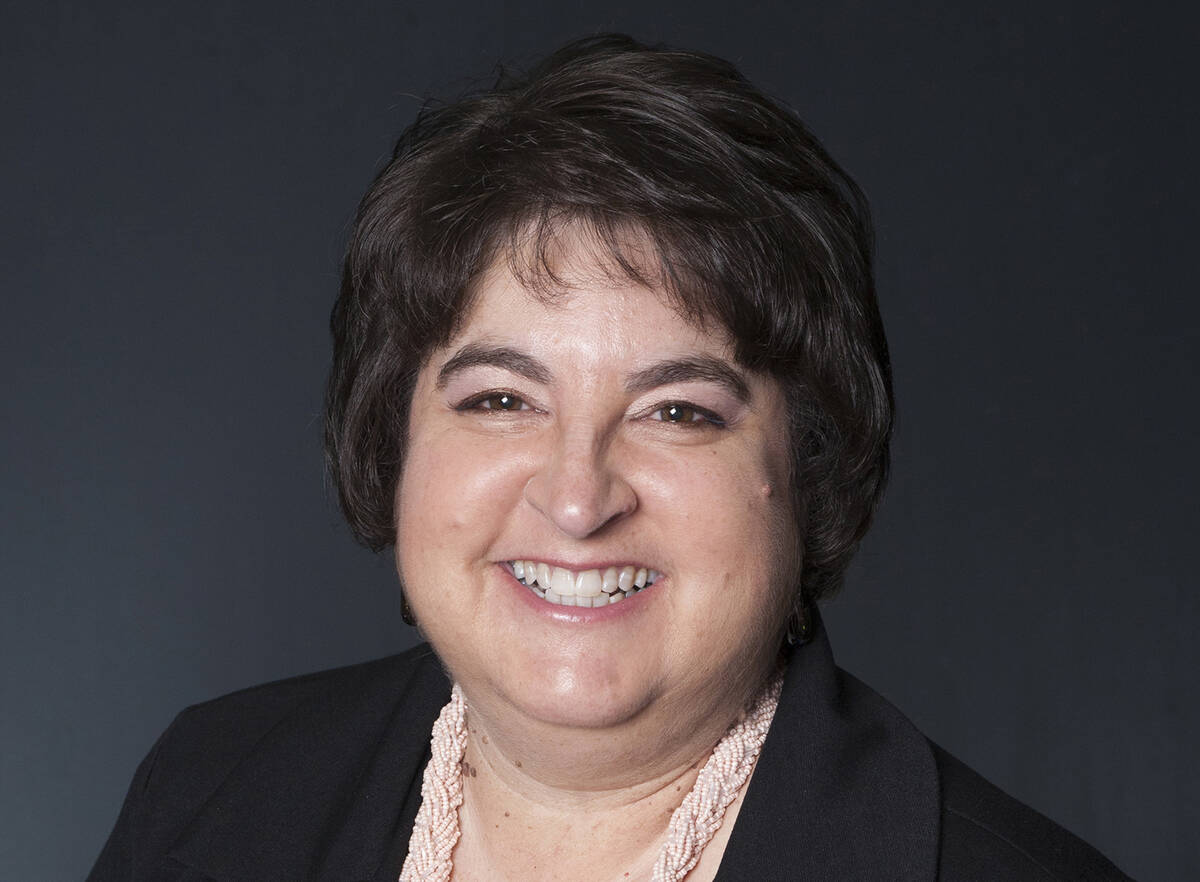City’s past, future tied to lake
Lake Mead, the gem in Boulder City’s backyard, is losing its gleam.
Earlier this month, a new forecast from the Bureau of Reclamation says it’s highly probable that there will be a 30-plus-foot drop in the lake’s level by the end of 2023.
It was disheartening in August when the federal government declared its first official shortage at Lake Mead as the water level dropped to 1,067 feet, the lowest it had been since it was filled in the 1930s.
A month before that, the Bureau of Reclamation announced that Lake Powell, which “feeds” the lake, had reached its lowest level on record.
Now comes more bad news for Lake Mead, the nation’s largest reservoir. According to the Bureau’s Jan. 12 forecast, the water level is expected to drop another 32 feet by December 2023.
The 24-month forecast predicts that the most probable scenario will have the water level near 1,033 feet, well below the 1,045 level that triggers a level 2 shortage condition. With the minimum probable inflow from Lake Powell, that level falls even further — to below 1,025, which would trigger level 3 shortage conditions.
This news is extremely distressing for those of us who live in the desert and are dependent on the lake for our water.
Lake Mead is in the DNA of Boulder City. Without the construction of Hoover Dam that resulted in formation of the lake, there would be no Boulder City. So it’s imperative that we don’t take its existence for granted.
While there is little to nothing we can do about increasing the snowpack in the Colorado Rockies and runoff into the Colorado River and Lake Mead, we all can do our part to help conserve the water we do have.
The Southern Nevada Water Authority, which supplies the city and Las Vegas area with water, has numerous recommendations about how we can conserve and limit our use of the precious liquid. All it takes is a few simple tweaks to our lives and everyday routines.
For example, make sure your dishwasher and washing machine are full before they are run, and, if possible, adjust water-level settings to operate at their most efficient level.
You can also install low-flow faucet aerators, which can save as much as 50 percent of the water coming out, and high-efficiency showerheads and toilets. And, without spending any money you can shorten your showers to help save water.
Outdoors we can save water, too, by planting drought-tolerant landscaping, removing “useless” grass and following the mandated watering schedule. Right now, that means watering your yards only once a week.
Of course, you should also make sure that all items that use water are in working order and do not leak.
About the only good news to come out of this new forecast is that water officials in Southern Nevada have been preparing for these conditions for quite some time and already have “robust conservation efforts” in place.
While it’s unlikely that the city itself will dry up and blow away if the lake’s levels continue to fall, there will certainly be some impact as many businesses are tied to recreational activities and tourism.
Lake Mead is integral to our past as well as our future. We must do our part to help preserve that shining gem in the desert.
Hali Bernstein Saylor is editor of the Boulder City Review. She can be reached at hsaylor@bouldercityreview.com or at 702-586-9523. Follow @HalisComment on Twitter.





